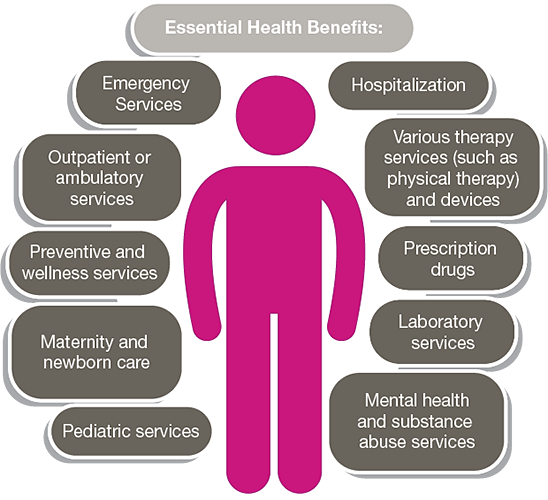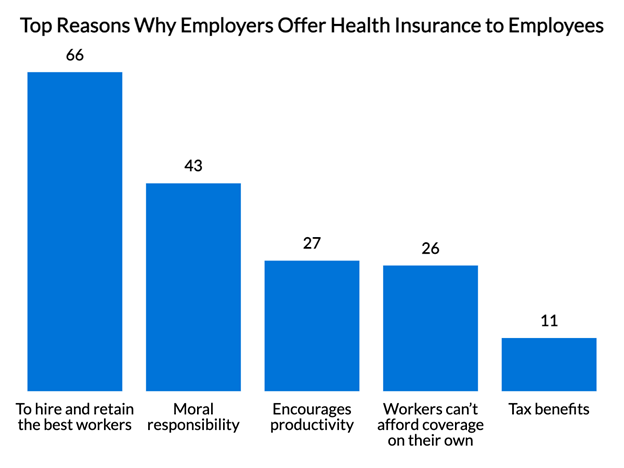Medicare Advantage Agent - Truths
Medicare Advantage Agent - Truths
Blog Article
The Single Strategy To Use For Medicare Advantage Agent
Table of ContentsAll About Medicare Advantage AgentThe Main Principles Of Medicare Advantage Agent Everything about Medicare Advantage Agent

follows from adheres to the perplexing young age profile of the uninsured with without insurance better health, wellness average, standard younger persons. For those without access to office wellness insurance, poor health is a potential obstacle to purchasing nongroup coverage due to the fact that such insurance coverage might be very priced, omit pre-existing conditions, or be simply inaccessible. Unless or else noted, national estimates of people without health and wellness insurance policy and proportions of the populace with various kinds of coverage are based on the CPS, the most commonly used resource of price quotes of insurance protection and uninsurance prices.

Some Of Medicare Advantage Agent
The relationship in between wellness insurance policy and access to care is well established, as documented later on in this chapter. The connection between health and wellness insurance and wellness end results is neither direct nor basic, an extensive professional and wellness services research study literature links health and wellness insurance policy protection
to improved access accessibility care, better much betterHigh quality and improved personal and population populace statusCondition The 2nd report, on individual health results for uninsured adults, is represented by the innermost circle of the number, while the 3rd report, on household wellness, encompasses the topics of the second report but stresses a various system of analysis, particularly, the family.
Additionally, it concentrates especially on those without any medical insurance for any type of size of time. The troubles faced by the underinsured are in some respects comparable to those dealt with by the uninsured, although they are typically less serious. Uninsurance and underinsurance, nonetheless, entail noticeably different policy problems, and the strategies for addressing them might vary. Throughout this research study and the five records to adhere to, the major focus is on persons with no wellness insurance and thus no help in paying for health and wellness care past what is available with charity and safety web institutions. Medical insurance is an effective element impacting invoice of treatment since both patients and medical professionals reply to the out-of-pocket rate of services. Health and wellness insurance coverage, nevertheless, is neither needed nor adequate to get accessibility to medical services. Nevertheless, the independent and direct effect of health
insurance coverage on accessibility to health and wellness services is well established. Others will get the health treatment they require also without medical insurance, by paying for it out of pocket or seeking it from suppliers that offer care cost-free or at extremely subsidized prices. For still others, medical insurance alone does not make certain receipt of care due to other nonfinancial barriers, such as a lack of healthcare providers in their community, minimal accessibility to transportation, illiteracy, or etymological and cultural distinctions. Official research study concerning without insurance populations in the USA dates to the late 1920s and very early 1930s when the Board on the Price of Treatment produced a series of reports about financing doctor workplace check outs and hospital stays. This problem ended up being prominent as the numbers of clinically indigent climbed up throughout the Great Clinical depression. Empirical researches constantly support the web link in between accessibility to care and boosted health and wellness end results(Bindman et al., 1995; Starfield, 1995 ). Having a routine source of treatment can be considered a predictor of gain access to, instead of a straight procedure of it, when health and wellness results are themselves utilized as accessibility indications. This expansion of the concept of access measurement was made by the IOM Board on Checking Accessibility to Personal Wellness Care Services(Millman, 1993, p. Whether see this website or not moms and dads are guaranteed appears to affect whether their youngsters obtain care as well as just how much careeven if the children themselves have insurance coverage(Hanson, 1998). The wellness here are the findings of parents can affect their ability to look after their kids and the degree of family members anxiety. Stressing over their children's access to care is itself a resource of stress and anxiety for parents. Three phases adhere to in this record. Chapter 2 provides an overview of exactly how employment-based health and wellness insurance coverage, public programs and specific insurance coverage run and engage to offer substantial but insufficient coverage of the U.S. populace. This includes an evaluation of historical fads and public laws influencing both public and private insurance policy, a discussion of the interactions amongst the different kinds of insurance coverage, and an assessment of why individuals move from one program to one more or wind up

Report this page